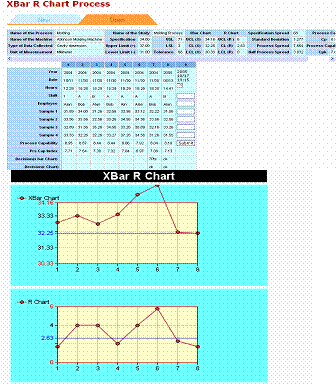
Reports are some things that not many people
want to do. Many don't even want to do the ground-work that requires the report.
For example, a corrective action report requires that a team may have to undertake
several actions that they then need to report.
Thanks to Information Communications Technology, ICT; many of these reports can
be done on computers, edited, re-edited, previewed and eventually printed.
But, iCT-M does one better than that.
First of all, iCT-M reduces large problems to small bite-sized applets. With over
150 applets to choose from, most industrial problems can be reduced into simple
tasks that are (forgive the English) do-able in a way that requires lesser expertise.
For example, it may typically require a trained engineer with a good mathematics
and statistics background to conduct a design of experiments using common commercial
software (e.g. Minitab, Systat, etc.). However, with iCT-M, a diligent technician
could very well conduct the same design of experiments. This technological simplification
is an important element to devolve tasks so that they require less expertise to
handle them.
Secondly, iCT-M recognizes that some form of standardization helps people in approaching
similar problems in a similar way. This is nothing more than using a common language
of communication. In fact, a common language allows more creativity because "intuition"
is easily recognized, interpreted and distributed. In many academic works, captions
to Tables are on top of the table but captions to figures are below the figure.
Nevertheless, this is readily recognized, interpreted and distributed. In this regard,
iCT-M has standardized (with options) on how data may best be presented without
undue need to worry about how it should be presented. For example, a control chart
is presented as shown.









